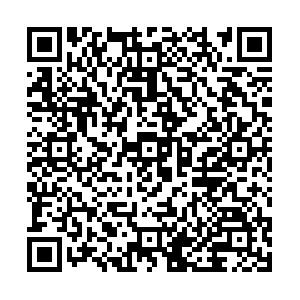多学科融合与古代民族谱系研究
The Integration of Multiple Disciplines Promotes the Ancient Ethnic Genealogy Research
-
摘要: 民族是人群共同体,对其形成与演变(谱系)的研究充满挑战。分子人类学的兴起,给民族谱系研究增加了新的维度。但受限于学科壁垒和族群理论的影响,部分学者对其应用于历史研究,乃至谱系研究是否合理深表怀疑。在评析学界研究动态的基础上,以匈奴核心人群的兴起为例,阐释了探索民族谱系研究新范式的必要性与可行性。通过对匈奴早期人群和高勒毛都2号墓地M1大墓墓主遗传成分及墓地考古资料的分析,发现匈奴早期核心人群与蒙古高原石板墓人群密切相关;与当代人相比,在相貌、体质特征上则最接近北亚居民;单亲遗传标记(父系、母系)与全基因组水平的分析各有优点,需要根据具体问题选择相应的研究方法。匈奴构成复杂,尚有部分人群的谱系仍有待探讨,多学科融合的民族谱系研究是一种新探索。Abstract: Understanding the formation and development (genealogy) of nationality, which is a changing issue within ethnic study. Here, the rising of molecular anthropology has provided a new perspective to ethnic genealogy studies. However, due to the influence of disciplinary barriers and ethnic group theory, some scholars doubted that molecular anthropology could be used in genealogical research, and even whether the genealogy research is reasonable or feasible. On the basis of the previous researches, this study focuses on the core lineages of Xiongnu (“匈奴”). By comparative analyses of genetic ancestries and archeological characteristics of the Gol Mod 2 site tomb 2 and early Xiongnu populations with other reference populations, we found that the core Xiongnu populations were closely related to the Slab Grave people on the Mongolian plateau.; Compared with modern populations, the appearance, physical characteristics are closest to Northern Asian populations. The core genetic componets of Xiongnu still remain unclear, especially the changes of the Xiongnu population after its southward migration. In a word, we should strengthen the cooperation among various disciplines and explore the new paradigm of ancient ethnic genealogy research.
-
表 1 早期匈奴墓墓主的遗传类型
个体编号 考古编号 性别 母系遗传类型 父系遗传类型 AST001 AT-841 女 I1a — JAG001 AT-878 男 F1b1f C2b(比较粗的类型) SKT001 CA-4-1 女 U5a1i — SKT002 CA-19 男 G2a1e R1b (R-M343) SKT003 CA-13-1 女 I1a — SKT004 CA-24 女 U2e1a1 — SKT005 CA-8 男 F1b1f R1b1 (R-M415; R-P25_1) SKT006 CA-17 男 G2a1e R1 (R-P236; R-M173) SKT007 CA-3-1 男 C4 Q1a2a1c (Q-L334; Q-L330) SKT008 CA-28 男 H Q1a2a1c (Q-L334; Q-L330) SKT009 CA-9-1 男 I1a R1a1a1b (R-Z647; R-Z645) SKT010 CA-7 女 I1a — SKT012 CA-29 男 C4a1a4a J2a1h2 (J-L25) -



 下载:
下载:






 沪公网安备 31010102003103号
沪公网安备 31010102003103号